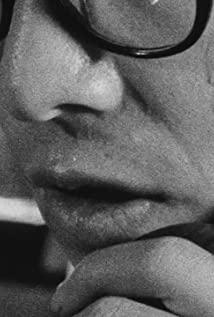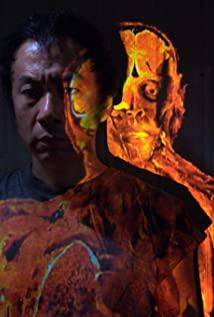By Sam Moore (Little White Lies)
Translator: csh
The translation was first published in "Iris"
A creature spread through sexual contact and eventually infected the entire building. A fly flew into a transmission device, causing a strange mutation in a scientist's body. This is basically the image that pops up in our minds when we think of "body horror movies". We also think of David Cronenberg's early films, in which, in his view, bodies try to escape their biological nature and, at the same time, their predetermined destiny. But Tsukamoto's "Iron Man" (aka "Iron Man 1: Metal Beast") is a heart-pounding technical nightmare, and the film celebrates its 30th anniversary in 2019. This work changed the tendencies of body horror films, allowing the theme of the genre to shift from biological to technical. The work creates a dystopia that explores our interrelationship with technology.
The visions that this technology once gave, and the risks it brings, once seemed to exist only in science fiction works, but they have now become a reality. This paradox has been the subject of many pop culture fascination — from the endless doom and gloom in Black Mirror to the power of transhumanism in Years To Come. These works make the foresight of films like Iron Man more difficult to ignore, and more unsettling for people today. The cyberpunk monster played by Shinya Tsukamoto turns the concept of transhumanism into a nightmare of body-destroying.
In some of the first images of Iron Man, we see a nameless man who himself seems to be a crude form of transhumanism. Named "Metallophile" in the cast, he inserted pieces of metal into wounds in his leg and inserted a screw between his teeth, suggesting the fusion of metal and flesh. While this was happening, we saw a set of montages where we found that his body was literally burning as he inserted the metal inside himself. This seems to be rejecting the biological body in favor of technology.
However, this metal fetish has little desire for this world. He's run over by a car by another unnamed character -- his name on the cast is "The Man" -- but that's not the end of his story. After his death, he seems to have survived through his own mechanical body, ready to take revenge on the man, although the mechanical body is like some kind of virus. Here we can see a certain dark irony, because the metal fetish was run over by a car, he was killed by a machine.
The man didn't find out that he, too, had the virus. But viewers see these events through a series of lenses, such as the strange metal mass on the train platform, or the stalker in the woods simulated by a handheld camera. Iron Man is deeply immersed in technology, which is how it sees the world. These ideas—including the aforementioned metallic substance, which infects a woman because she poked it with a scalpel—constructs a relationship between man and technology, which sees the former as a host and uses it as a host. Get life, control everything.
It is a dark inversion of the utopian ideal of transhumanism. In this work, humans don't use technology as a way to advance themselves, we see the opposite. Humans are used as containers for technological beasts, and the biological nature of body terror is denied because the creators are presenting an alloy nightmare.
Iron Man forcibly combines biological and technopathic by depicting the bizarre sexuality of metal fetishes. In a man's nightmare, he meets a female dancer who pinned him with a metal penis. But if the bizarre sexuality in Iron Man is to be discussed at length, the above example is just the tip of the iceberg - in one infamous passage, the man's genitals become a drill.
The connection between sexuality and mutation is an inherent bridge in body horror works. In "Iron Man", the director rejected the biological, and emphasized the technical. The sex in Iron Man is soundtracked with metal scraping sounds. The idea of the human body being replaced by technology also surfaced when the wounds suffered by men were healed - instead of taking the form of flesh and blood, the human body covered the wound with metal, as if this new layer of "body" It is the next stage of his evolution.
Technology can be seen as a threat to humanity, but Iron Man doesn't just suggest some of the possible ways in which it might exist. We can find in this work that in the process of technological and mechanical development, the loss of biological and human nature is regarded as inevitable, which is the next evolutionary direction of our species. The concept is so dark and eerie, which is what makes this work so fascinating.
In the climax of "Iron Man", the metal fetish still living in the mechanical shell confronts the man and tells him that even his brain will turn into metal - he has become a machine, From his skin to his organs. His memories are even replayed on TV screens, where humanity and biology have been abandoned in response to a future of mechanical technology and metallic mutation. As Cronenberg said: "Long live the new body"!
View more about Tetsuo: The Iron Man reviews










